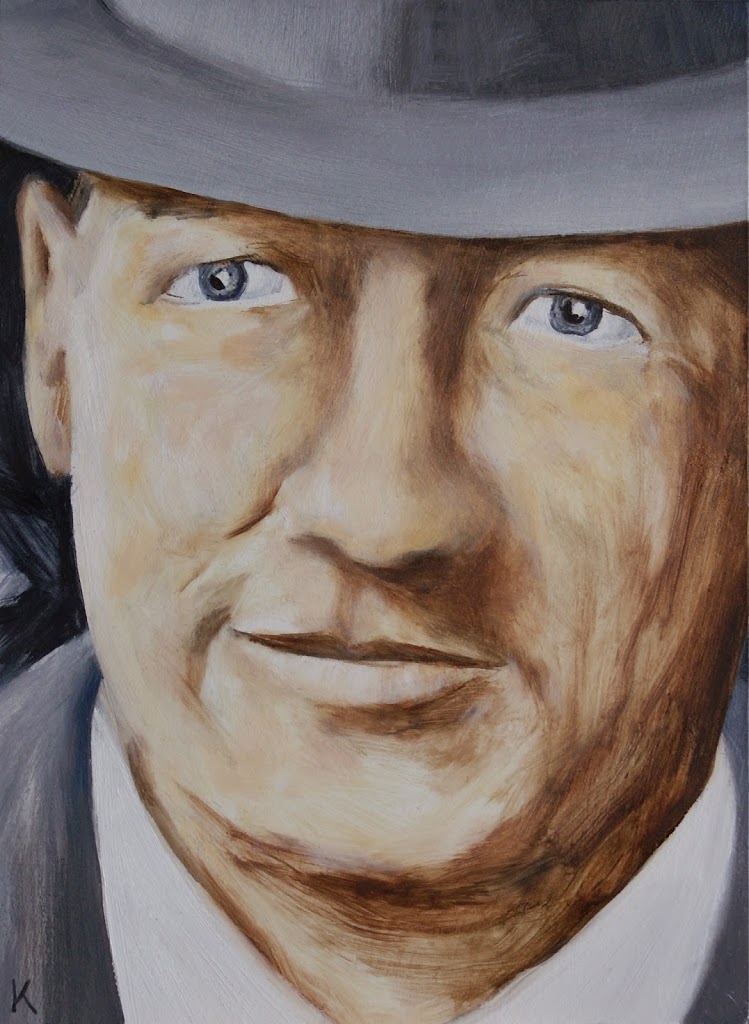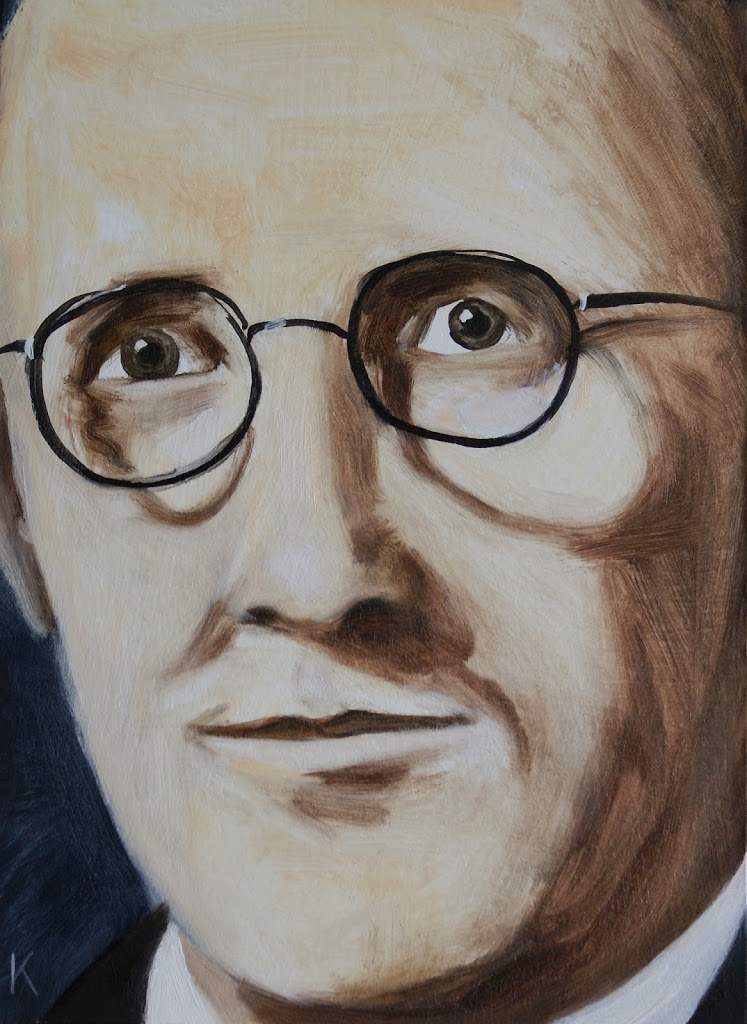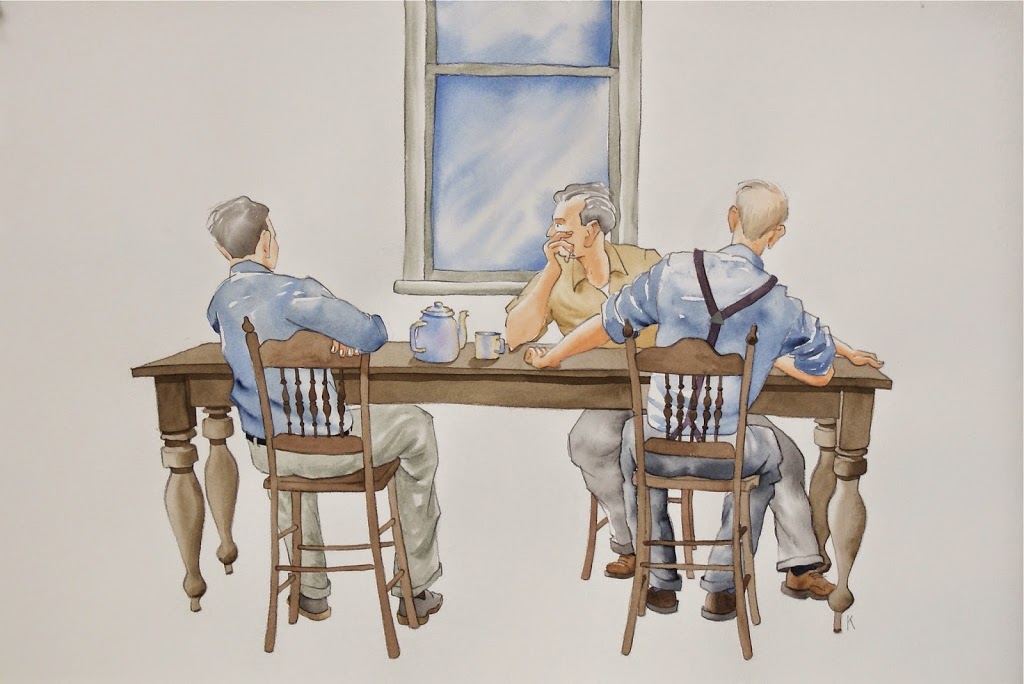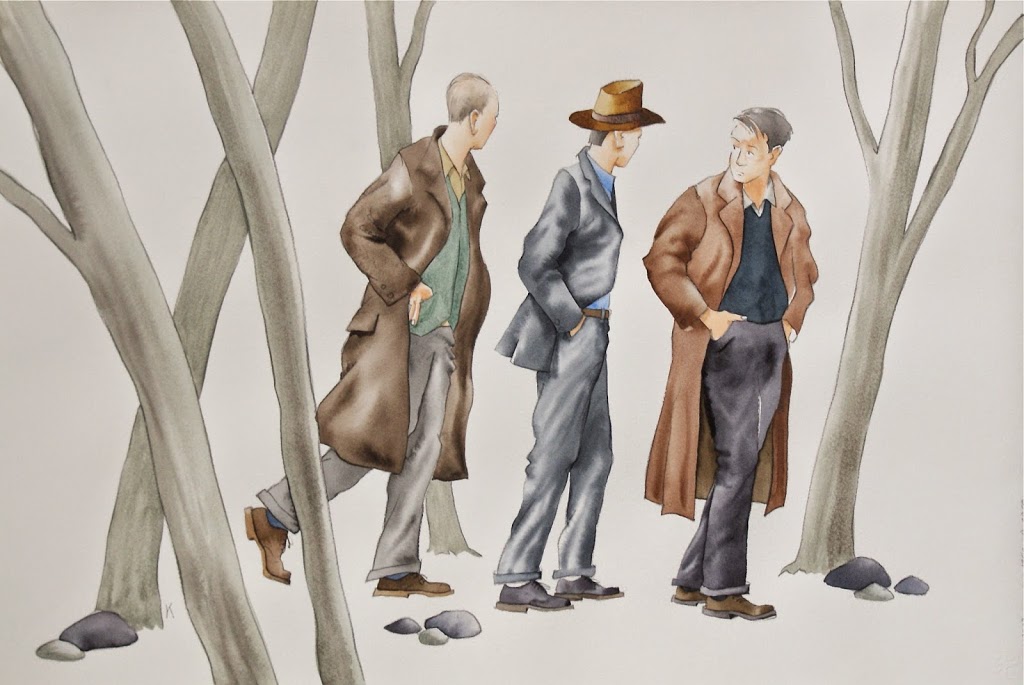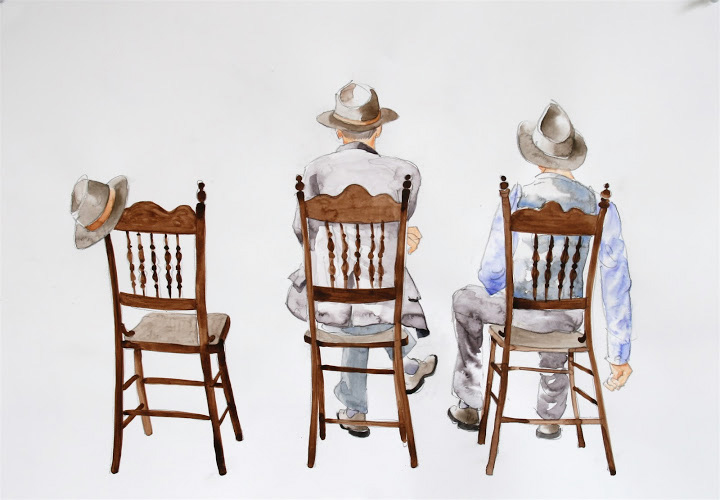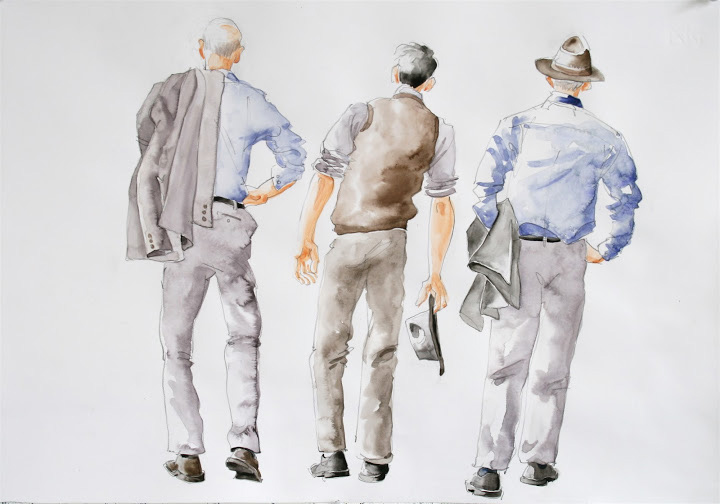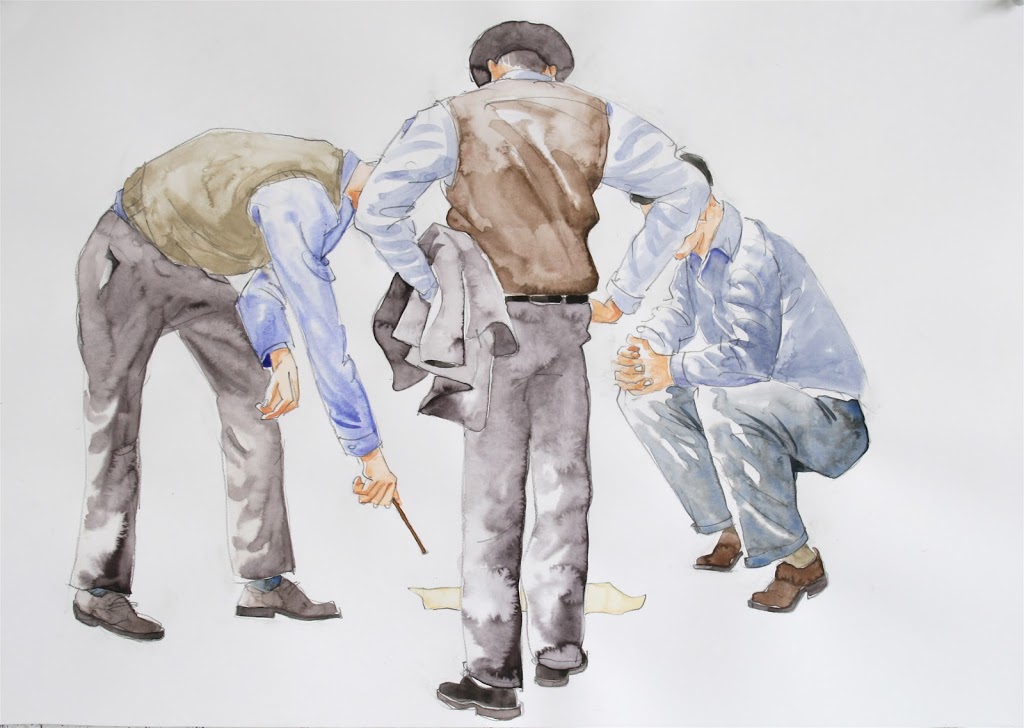The three wise men of Kurow as they were affectionally called were Andrew Davidson, Dr. Gervan McMillan and Arnold Nordmeyer. This video from the opening of the exhibition at the McAtamney Gallery in Geraldine gives some background.

During the worst years of Great Depression of the 1930’s over 350 unemployed men and their families set up camp in the Willows below the Waitaki dam site. Many of them had walked up the Waitaki valley from Oamaru hoping to join the 2000 men working on the Dam. At the Willows they lived in tents and shacks made out of branches and beaten out fuel cans. The hills on either side of the stream protected the squatters from the worst of the freezing westerly winds but these hills also shaded the valley. In winter frosts remained for weeks. Local legend had it that ‘whiskey froze in the bottle and nappies hung like boards on the line.’

“We were fired with a fervent desire to create a new society,” wrote Andrew Davidson in his memoir. Their new society was to replace the poverty and unemployment they witnessed at the Willows.

Andrew Davidson, Arnold Nordmeyer and Jerry Skinner, who later became Deputy Prime Minister, would meet with Ethel and Gervan McMillan at the doctor’s house to discuss the social injustices they saw at The Willows. It was around the McMillan’s kitchen table that they wrote down six points that they believed should form the basis of a national health scheme.
It should be free, they wrote, it must be complete and it must meet the needs of all the people.
- It must aim at the prevention of disease.
- It must make provision for income loss.
- It must provide all the facilities for the diagnosis and treatment of disease.
- It must be based on the provision of a family doctor for every person.
- The service must be based on the principle of the patient’s free choice of doctor.
- It must include the adequate provision for research in all matters relating to health.
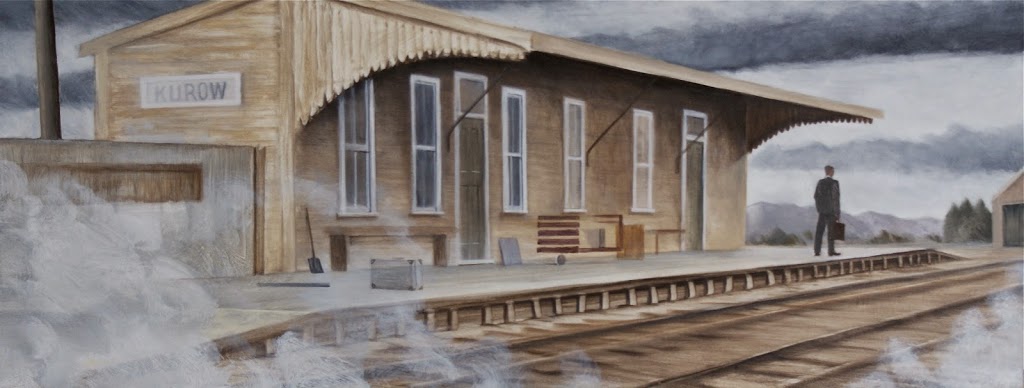
Dr. Gervan MacMillian took their ideas for a free medical service to the Labour Party conference in 1934. The paper he presented became party policy. In 1935 McMillan and Nordmeyer were elected to Parliament in the Labour landslide, McMillan in the seat of Dunedin West and Nordmeyer in Oamaru. Andrew Davidson went on to become the principal of MacAndrew Road Intermediate School in Dunedin.
In Parliament Nordmeyer and Macmillan expanded their medical scheme into the Social Security act of 1938, which combined the introduction of a free hospital system with a comprehensive array of welfare benefits. This is how the title page of the 1938 act summed it up:
‘An Act to provide for the payment of superannuation benefits and of other benefits designed to safeguard the people of New Zealand from the disabilities arising from age, sickness, widowhood, orphanhood, unemployment, or other exceptional conditions; to provide a system whereby medical and hospital treatment will be made available to persons requiring such treatment; and further, to provide such other benefits as may be necessary to maintain and promote the health and general welfare of the community.’
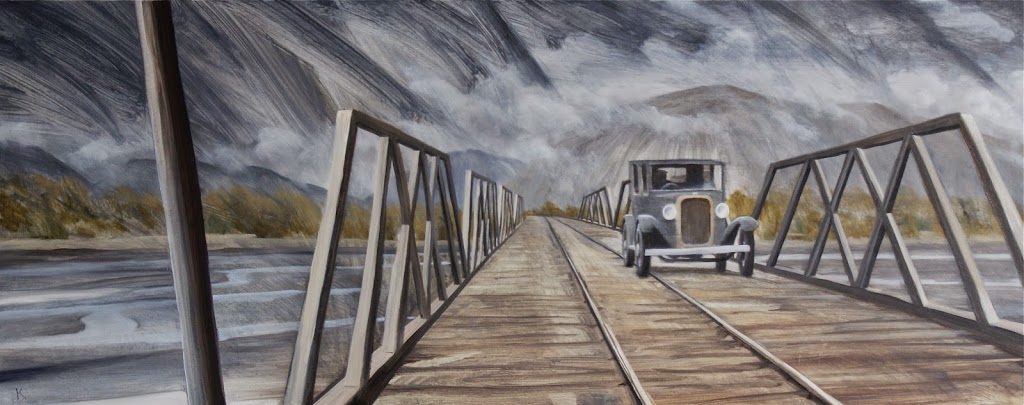
McMillian expected the trains in the Waitaki hydro shunting yards to give way to him. He was known for his furious driving around his large practice. In his book ‘Waitaki Dammed‘, Gil Natusch describes McMillan:
‘He regarded himself as on call 24 hours a day, and without a surgery nurse he was willing to tackle anything from delivering babies to treating everybody’s ailments, extracting teeth, dealing with sickness and major accidents and emergency amputations. The ‘little Doctor’ is still remembered with respect and affection by those he served.’
Gervan McMillan died in 1951. His wife Ethel won his seat in a by election and represented Dunedin North until 1975 She was, to quote Te Ara, a tireless promoter of her adopted city of Dunedin and helped to pave the way for the increasing numbers of women who were to enter local and national politics from the 1970s.

The Waitaki Dam was built because was sound greywacke rock at the site, also important was the railway terminus at Kurow and the bridge across the Waitaki. This wooden truss road and rail bridge was in use until 2014.


With the sudden arrival of the unemployed at the Willows and the construction workers on the dam Andrew Davidson’s Kurow school roll went from 63 to 339. It spilled out into Nordmeyer’s church hall, the social hall at construction site and the totaliser building at the racecourse. It was a lively time in education, Dr. Beeby the director of Education believed in social and economic equality for every child regardless of academic ability and what he called the child centered school rather than the school centred child. Andrew Davidson’s first job was often to provide his ragged new pupils with warm clothing from money that Nordy had raised.
This exhibition included a series of watercolours that I called The Conversations. Here are some of these.
